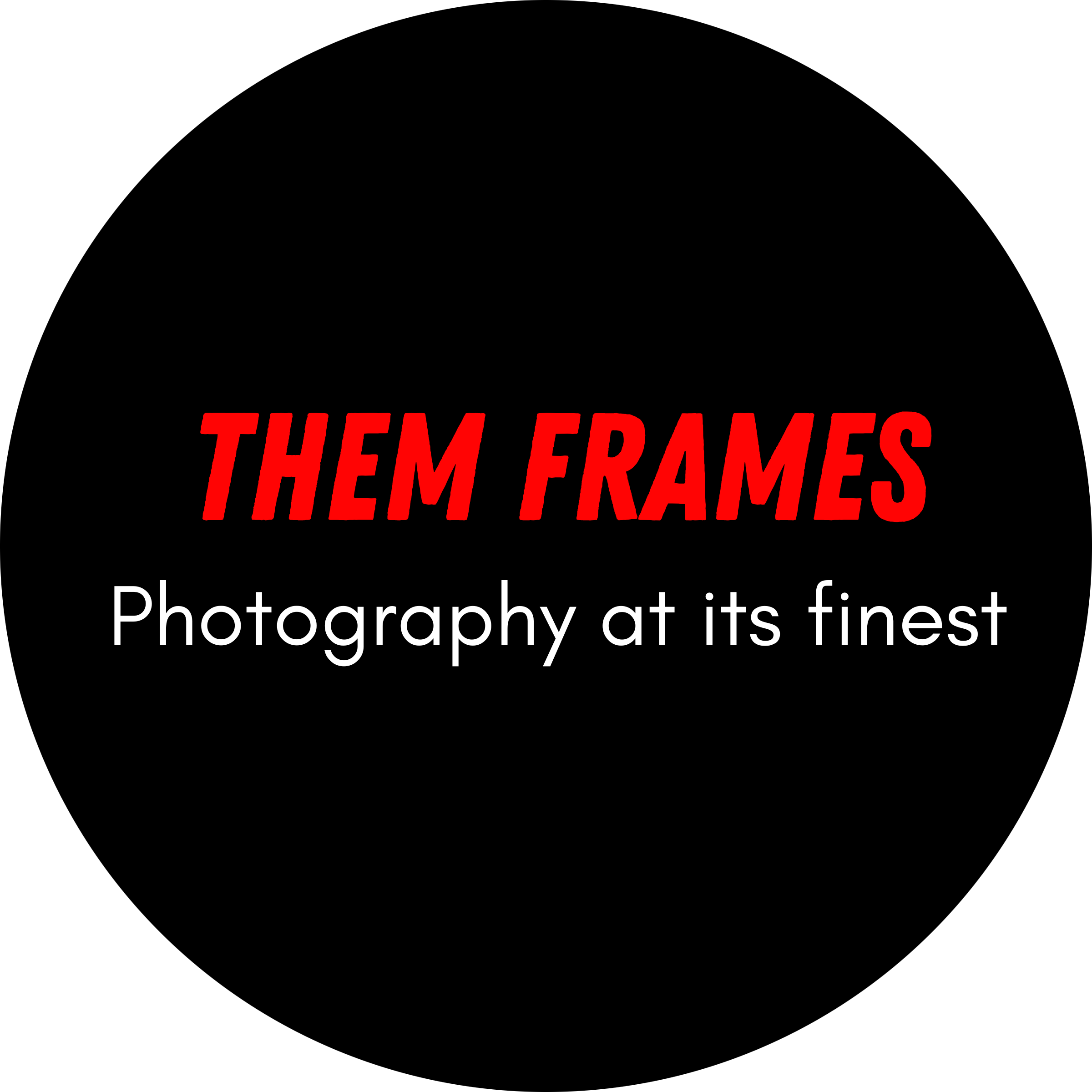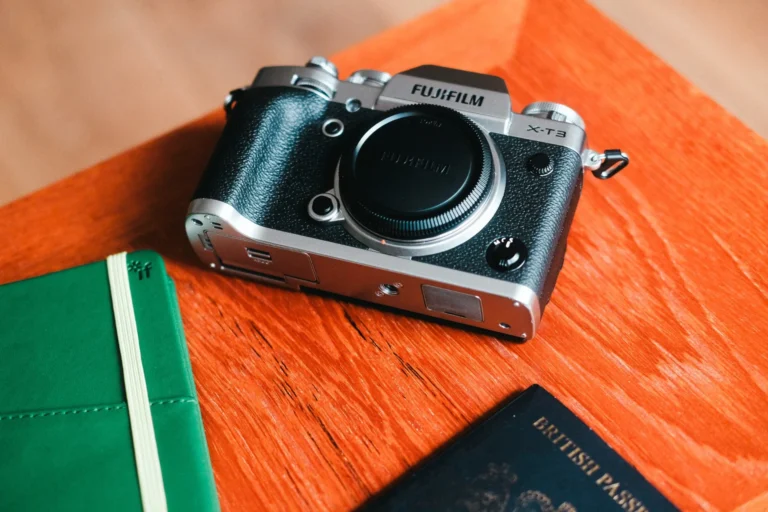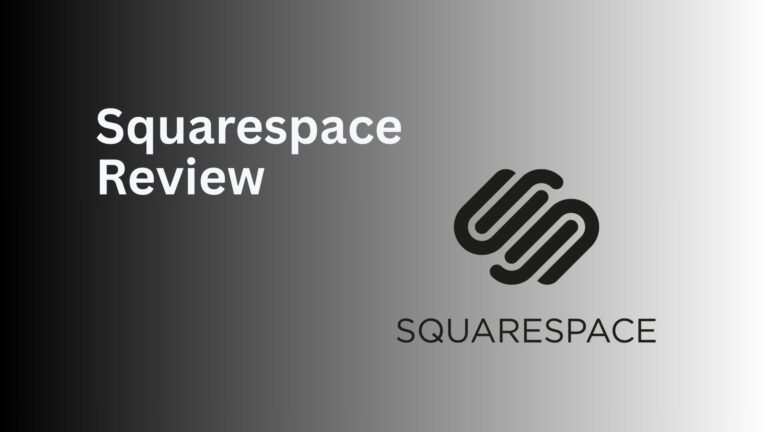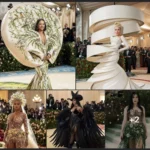
Funeral photography isn’t something we see often. Society tends to reserve documenting social events for happy, uplifting moments. So when I saw that photographer Aly Hansen had photographed a recent funeral, I instantly wanted to know more.

Hansen brings with her a diverse skill set and her talents allow her to create work within different genres of photography.
Weddings, portraits, maternity photos and more are all present in her portfolio.
Perhaps it’s best to describe her as a photographer of humans, as her lens tends to gaze towards the moments we all love to share together.
There’s empathy in her work. I see through each of her images she understands the importance of letting her subjects breathe; giving them space and allowing the perfect moment to materialize.
If anyone is suited to funeral photography, it’s her. Because her compassion and clear understanding of human behavior is the right mix to approach a sensitive scenario in the best way possible – and that’s exactly what she did.
Asked to do funeral photography
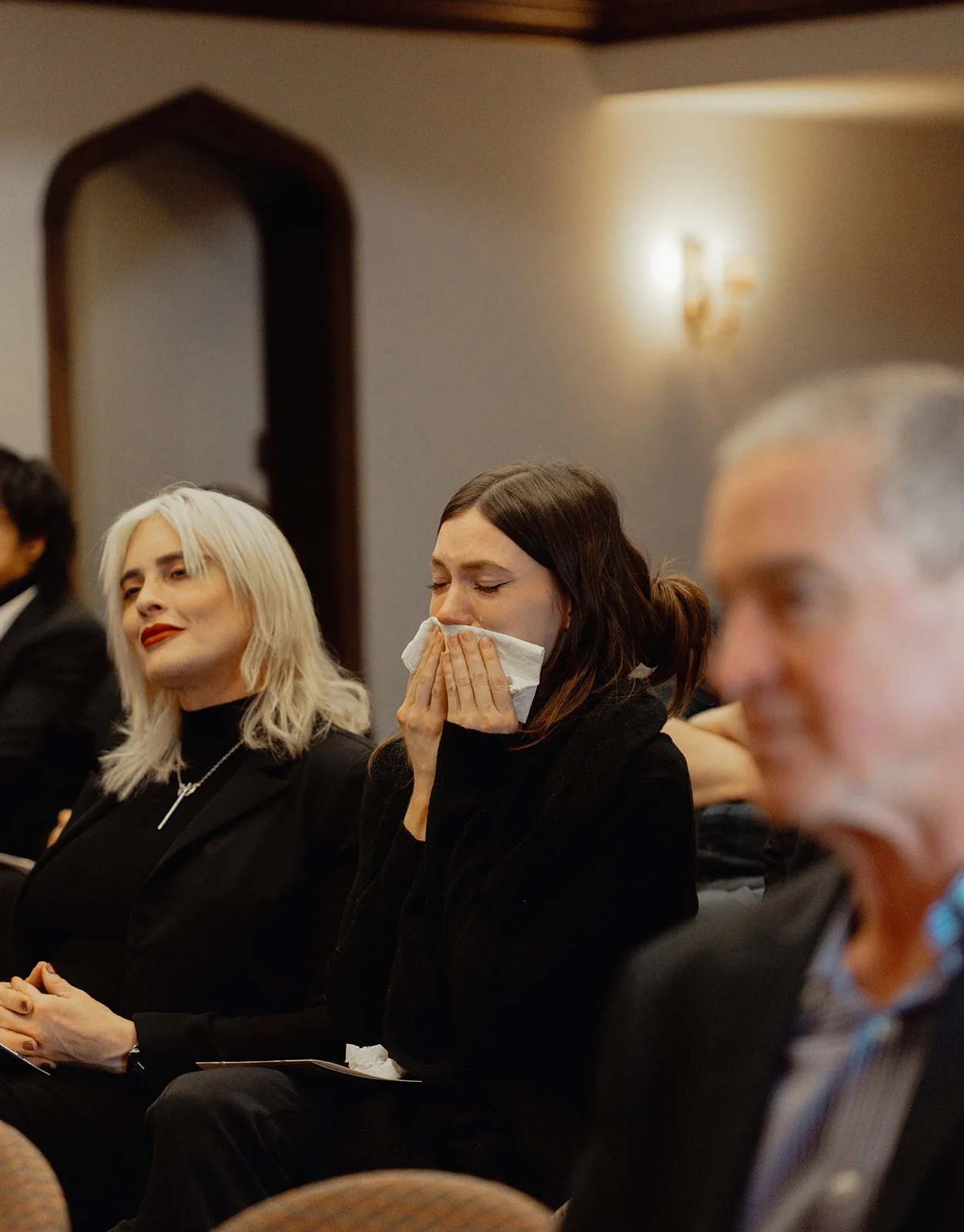
As she doesn’t specifically advertise herself as a funeral photographer, I was curious to know how the opportunity came about.
She told me, “I received the inquiry, which came from Google, and at first I wondered if it was a joke, like someone messing with me.”
Unsure if funeral photography was in demand, she took it upon herself to do some research. After learning people do in fact desire a photographer for funerals, Hansen set up a consultation with the potential client. She admits “the opportunity caught me off guard”.
Wanting her to go further into her initial reaction, I asked how she mentally responded to such an out of the blue request. She told me “I felt weird about the prospect of charging for such a thing’.

Weddings and funerals are totally different events that produce very different atmospheres. With that, I wanted to know if Hansen’s preparation was different to the usual approach to her workflow.
“To be honest I didn’t prepare any differently than how I prepare for a wedding day. I packed all the same gear and perhaps told myself to brace for strong emotions”.
One can try to anticipate how photographing a funeral may go, but unless you’ve done it before nothing can prepare you fully for the experience.
Hansen and I spoke about her initial reaction when she arrived at the funeral, and how it felt once it became a reality.
“It was certainly somber. [It] felt extra important witnessing so many hugs and embraces which I’m often witnessing at weddings, but this time under such a different situation”.
Despite how sensitive the day was, Hansen was given permission to freely roam and create images. The only challenge she faced was the lighting conditions.
Because the funeral was held at a historically protected museum, she was unable to use flash, instead working with the natural light that was available.
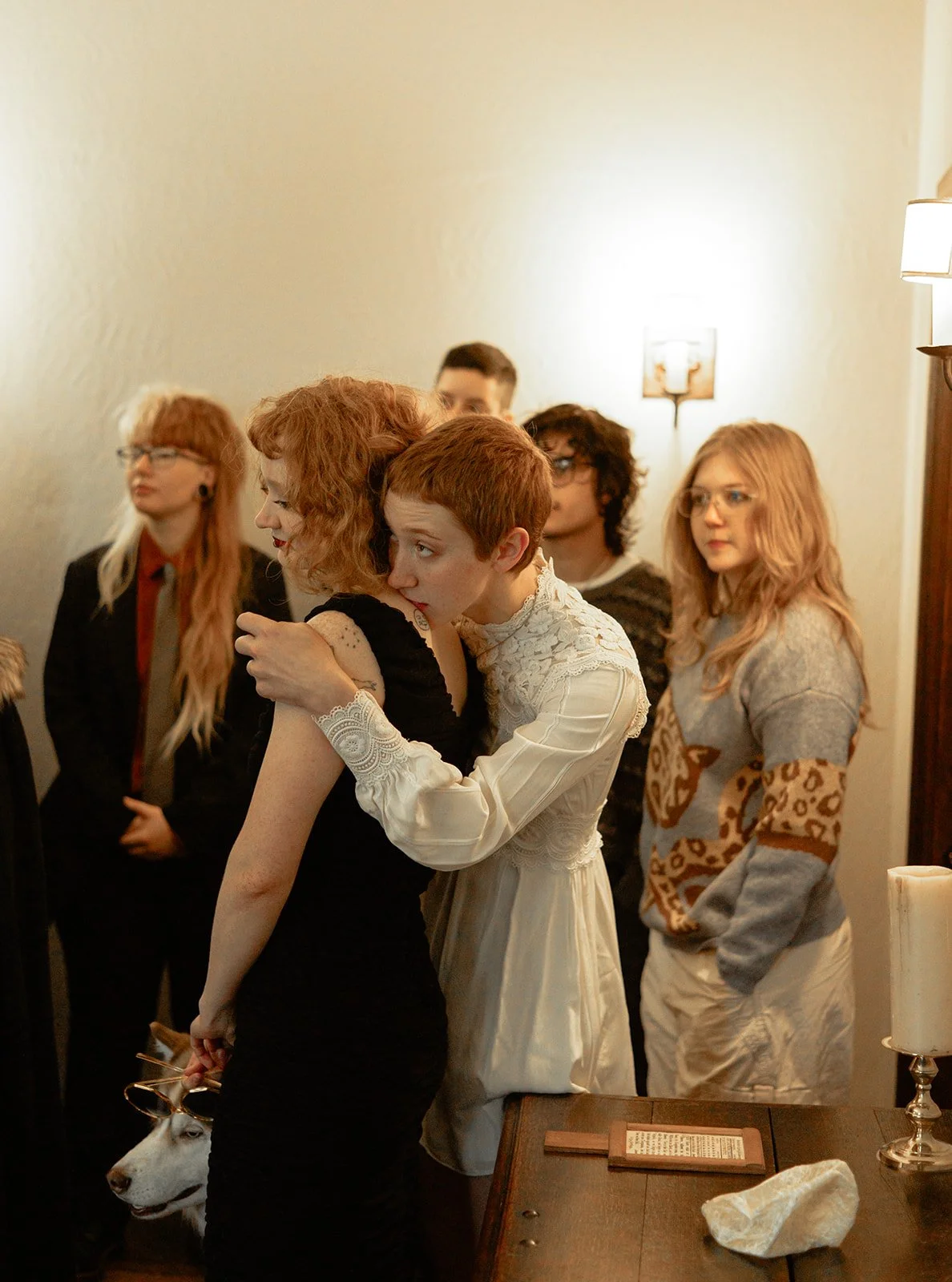
Editing funeral photography
As equally crucial as making the photographs is the editing and final selection. We all have our personal editing workflows, and they tend to work with specific styles of photography.
Talking about her process for editing the funeral photographs, Hansen explained, “It was a bit challenging because of the lack of light and lack of flash… but nothing noise reduction and color correction couldn’t fix”.
Moving the conversation to her final selection, I was eager to learn how the client reacted to images. “…they reacted very positively. [They] told me it took them back to the day when most of that day was spent blacking out more or less,” said Hansen. She added, “they were grateful to have evidence of how much love they were all surrounded with that day in spite of the great loss”.

In closing
Death is always a difficult subject, especially in Western culture. When I consider how my friends in Latin America approach the topic, I hope that one day others can be more open about the process of death and grief.
Before signing off, Hansen and I spoke about the overall impact photographing funerals had on her and if she learned anything about our attitudes towards saying goodbye to those we love.
She told me, “I think what it taught me is that I would like to do it again. I am a documentary photographer first and foremost, and funeral photography provided me with a landscape even more intimate and raw than weddings, in my opinion.”
In her closing words, Hansen said, “There was definitely a respectful line to walk, I think, when gauging when to take a photo or not when I was witnessing strong emotions and intimate moments. I tried to use my best judgment and the images I shared online were the ones I got explicit permission to share”.
You can see more work by Aly Hansen by visiting her website and Instagram.
Want your work featured on Them Frames? Pitch us.
